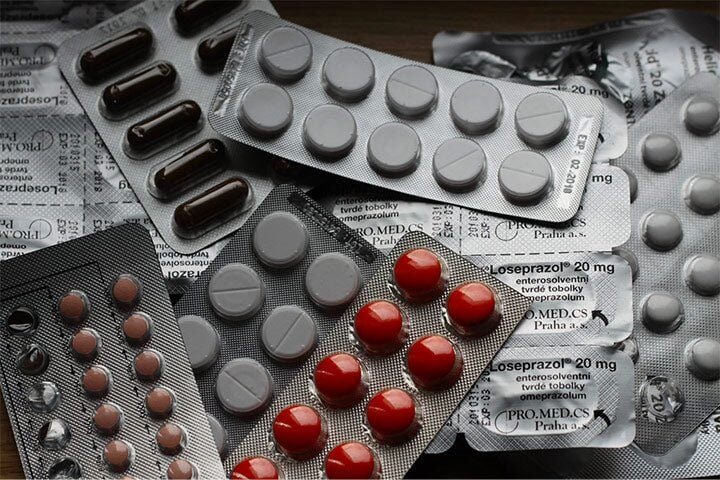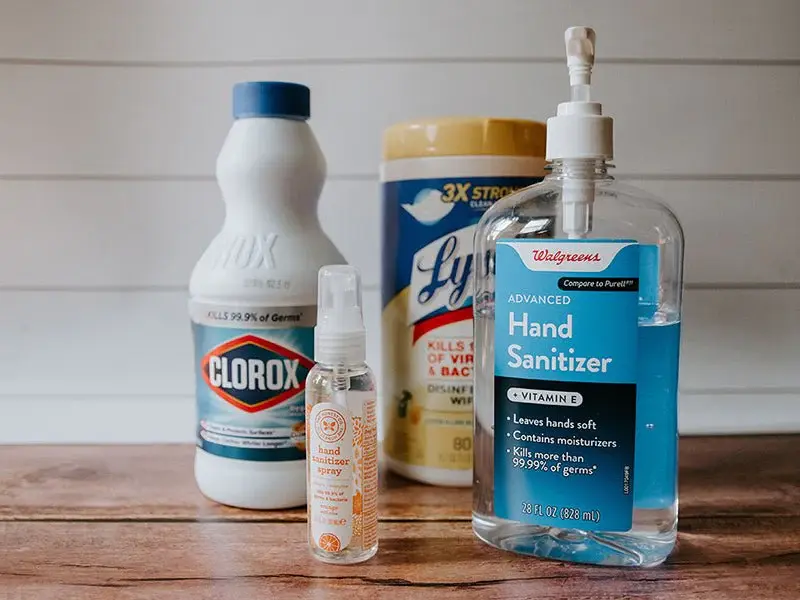Incontinence and Sleep, What You Need to Know About (Especially Poor Sleep)

Introduction
According to the World Health Organization, 200 million people are affected by bladder problems, and approximately a quarter of them are men. Typically, men experience incontinence due to an enlarged prostate or after prostate surgery, which can affect not only day-to-day activities but also sleep. For those over the age of 60, urinary incontinence can lead to adult bedwetting and having to get up multiple times in the middle of the night, leading to injuries.
Adult bedwetting, also known as sleep enuresis, is nothing to be ashamed of; there are effective treatments available to help keep you dry overnight. Something worth noting: adult bedwetting is different from what children experience; nocturnal enuresis is involuntary. The factors that may contribute to nocturnal enureses include genetics, hormonal imbalance, small bladder, overactive bladder muscles, urinary tract infection, medication, stress, and other health issues.
Incontinence is a common condition that affects millions of people worldwide. There are six primary types of incontinence that most commonly affect men and women. Understanding these types is crucial for effective diagnosis and treatment.
The Six Types of Incontinence
-
Urgency Incontinence: Characterized by a sudden, urgent need to urinate, followed by accidental leakage.
-
Stress Incontinence: Urine leakage caused by quick movements or pressure, such as coughing.
-
Overflow Incontinence: Leakage due to a full bladder.
-
Functional Incontinence: Physical disabilities, obstacles, or difficulty communicating your need to urinate prevent you from making it to the toilet on time.
-
Transient Incontinence: Temporary UI often caused by a short-term condition, such as a urinary tract infection, a side effect of medication or another medical issue.
-
Mixed Incontinence: Incontinence that falls into two or more of the above categories.
Each type of incontinence has distinct symptoms, causes, and treatment options. By understanding the different types, you can better manage your incontinence and regain control over your bladder health.
The Physical Dangers of Enuresis
Adult incontinence isn't only emotionally taxing, but it can also carry physical dangers. Falls are more likely to happen—the risk of falling increases when they are over 65 by up to 26%.
Making frequent trips to the bathroom increases the fall risk as the person has to hurry to the toilet. It's especially risky if it's taking place in the middle of the night. The fall risk could mean breaking a bone or becoming injured.
Waking up multiple times throughout the night to urinate can result in poor sleep, which can affect your alertness, impair your memory, and cause daytime exhaustion. These side effects don't only increase your fall risk in the middle of the night but they also increase the likelihood of falls happening during the day.
Reducing Nighttime Accidents
Though urinary incontinence is a common issue, there are several steps you can take to reduce nighttime accidents and improve your sleep quality. Here are some effective strategies to consider:
Fluid and Bladder Irritant Management
-
Limit your intake of fluids, especially in the evening, a couple of hours before bedtime.
-
Reduce your consumption of bladder irritants like caffeine and alcohol, particularly in the hours leading up to sleep.
Leg Elevation and Compression
- Elevate your legs when resting during the afternoon to stimulate fluid flow in the body.
- Consider using compression stockings, which can also help manage fluid levels.
Bladder Training Exercises
- Practice holding your urine during the day to improve your urinary control.
- Engage in bladder training exercises to strengthen the bladder muscles.
Medication Options
- Speak to your doctor about prescribing a diuretic to reduce fluid levels before bedtime.
- Anticholinergic drugs that relax the bladder and make it easier to hold more urine may also be an option.
- The hormone desmopressin can help reduce nighttime urine production.
Bedwetting Alarms
-
Use a bedwetting alarm that wakes you up when you begin to wet yourself, either with a sound or vibration.
-
These alarms can help train your body to wake up before an accident occurs.
Foods and Drinks that Affect Incontinence
Nighttime incontinence is often attributed to various factors, but diet is a crucial aspect that is frequently overlooked. Consuming certain foods and drinks can significantly contribute to urinary incontinence. Here are some common culprits to avoid:
-
Alcohol: is known to irritate the bladder and increase urine production.
-
Artificial Sweeteners: Can cause bladder irritation and increase the risk of incontinence.
-
Chocolate: Contains caffeine and other stimulants that can worsen incontinence symptoms.
-
Caffeine: Stimulates the bladder and can lead to increased urine production.
-
Carbonated Drinks: Can irritate the bladder and increase urine production.
-
Sparkling Water: Similar to carbonated drinks, can irritate the bladder.
-
Spicy Foods: Can irritate the bladder and increase urine production.
-
Acidic Fruit: Can irritate the bladder and increase urine production.
-
Sugary or Acidic Foods: Can irritate the bladder and increase urine production.
-
Large Doses of Vitamin C: Can increase urine production and worsen incontinence symptoms.
By avoiding these foods and drinks, you can reduce the risk of nighttime incontinence and improve your overall bladder health. Make informed dietary choices to regain control over your urinary continence.
Before Seeing Your Doctor
Before your doctor prescribes treatment for nocturnal enuresis, it is essential to identify the underlying causes of your condition. To achieve this, your physician will likely ask you to keep a journal to track your urinary habits. Here are the key details to record:
Journaling for Nocturnal Enuresis
-
Accident Timing: Note whether the accident occurs during the day or night.
-
Fluid Intake: Record the amount of liquid you void and when you're drinking a lot of fluids.
-
Fluid Types: Note what you're drinking, including the type and amount.
-
Urinary Stream: Describe your urinary stream, including any changes or abnormalities.
-
UTIs: Record any recurring urinary tract infections (UTIs).
-
Wet vs. Dry Nights: Track the number of wet and dry nights to identify patterns.
-
Symptoms: Note any symptoms associated with nocturnal enuresis, such as frequency, urgency, or pain.
By keeping a detailed journal, you can provide your doctor with valuable insights into your nocturnal enuresis symptoms, helping them diagnose the cause and develop an effective treatment plan.
It's Ok!
Nighttime urinary incontinence may take some time to get a handle on, but there are products you can use to help protect your bed in the meantime. You can use mattress covers, a plastic cover that you can get at most stores where home goods are sold. There are absorbent briefs and pads for both men and women, which can be found at most drug stores.
Mattress covers are helpful but won't necessarily reduce the need for laundry, as sheets and pajamas may still become soiled. Absorbent briefs and pads can be effective, but people often complain that the plastic is uncomfortable against their skin. If suffering from urinary incontinence, briefs and pads may require frequent changing, and failing to do so can affect skin integrity.
Men have the option to use the QuickChange Wrap overnight, which will keep you dry and, in some cases, eliminate the need to get up in the middle of the night at all. By reducing or altogether eliminating the need to get up in the middle of the night, the fall risk declines, and the man can get a better night of sleep. The QuickChange wrap can be worn on it's own or with briefs by anyone suffering from bowel and urinary incontinence.

